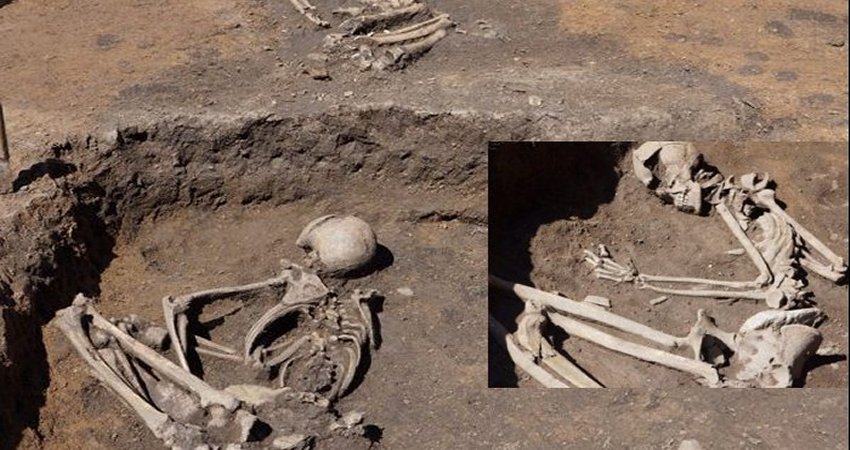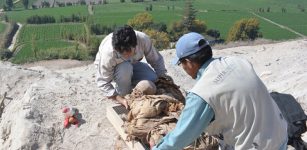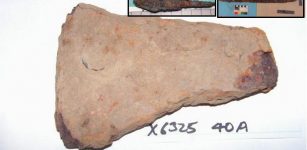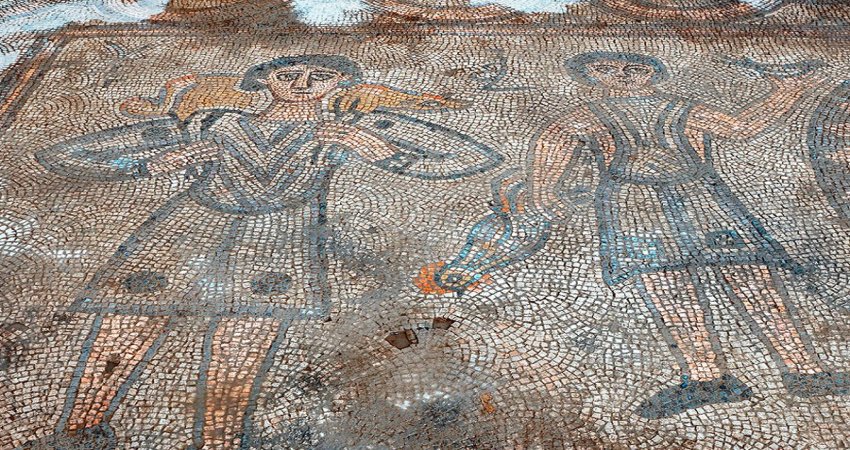Black Death Mass Burial Site Discovered At 14th-Century Monastery Hospital
MessageToEagle.com – An extremely rare Black Death burial site has been found at the site of a 14th-century monastery hospital at Thornton Abbey, Lincolnshire.
As many as 48 skeletons, many of which were children, were victims of the Black Death, according to archaeologists from the University of Sheffield.
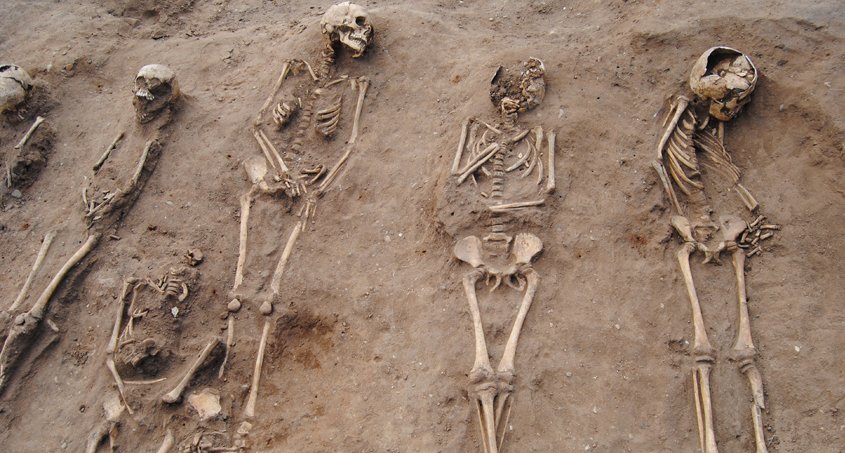
The Black Death was one of the worst pandemics in human history. It devastated European populations from 1346-1353 and resulted in the deaths of an estimated 75 to 200 million people. The presence of such a large burial site, containing both male and female adults, as well as 27 children, suggests the local community was overwhelmed by the Black Death and was left unable to cope with the number of people who died.
“Despite the fact it is now estimated that up to half the population of England perished during the Black Death, multiple graves associated with the event are extremely rare in this country, and it seems local communities continued to dispose of their loved ones in as ordinary a way as possible,” said Dr Hugh Willmott from the University of Sheffield’s Department of Archaeology, who has been working on the excavation site since 2011.
Dr Wilmott said that there are only two 14th-century sites, where Yersinia pestis (the bacterium responsible for the plague) has been identified; these sites are historically documented cemeteries – emergency burial grounds – organized by London authorities due to the very large numbers of the urban dead.
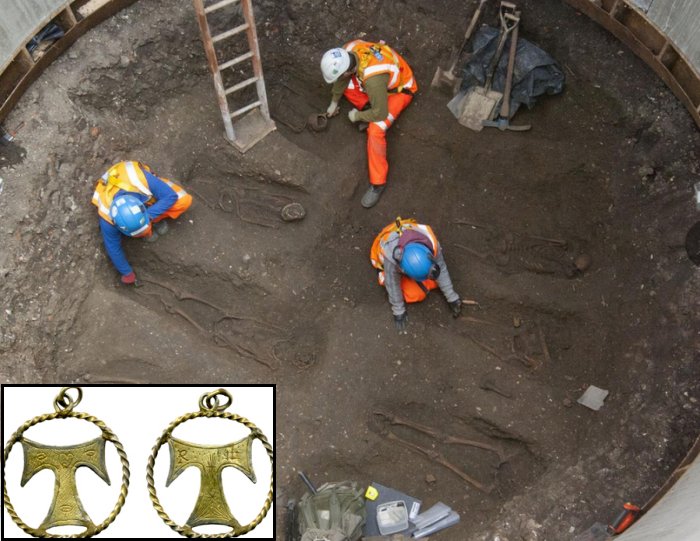
“The finding of a previously unknown and completely unexpected mass burial dating to this period in a quiet corner of rural Lincolnshire is thus far unique, and sheds light into the real difficulties faced by a small community ill prepared to face such a devastating threat.”
Now archaeologists will search after the everyday objects these people left behind, because these artifacts can help reconstruct the life they led before they died.
One such object has been already found in the excavated hospital building; it is a Tau Cross, a small pendant, which was used by some people as a supposed cure against a condition called St Antony’s fire, which in modern day science is probably a variety of skin conditions.
Teeth samples from the skeletons found at the Thornton Abbey site revealed the presence of Yersinia pestis, which is documented to have reached Lincolnshire in the spring of 1349.
The Black Death – one of the worst pandemics in human history – killed from 75 to 200 million people in Europe from 1346 to 1353.
MessageToEagle.com





